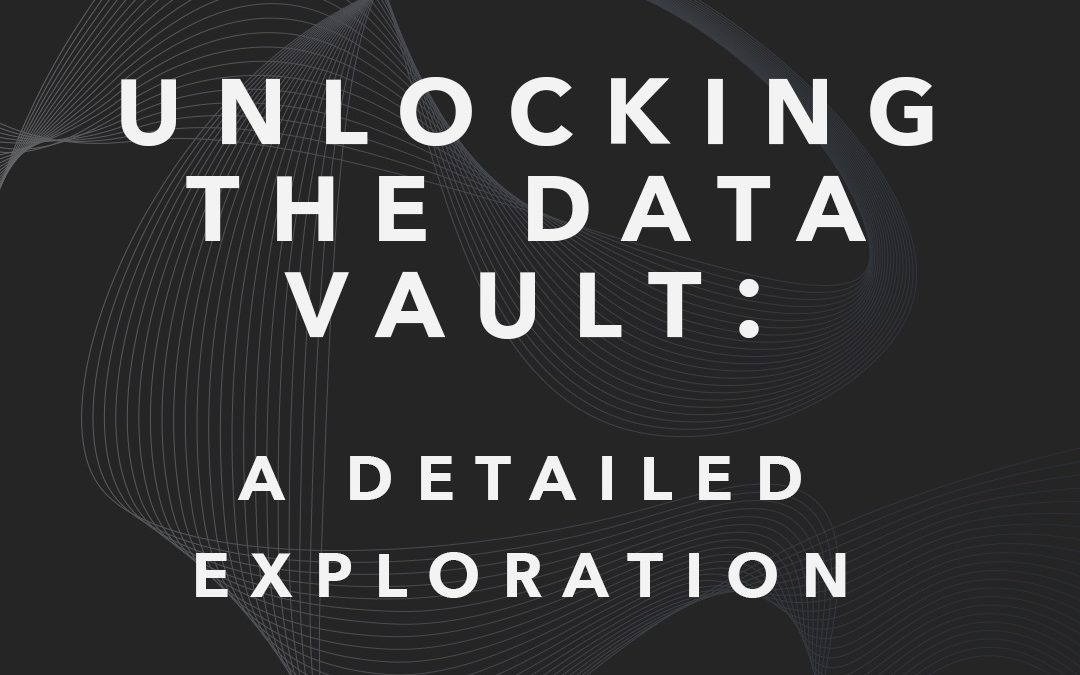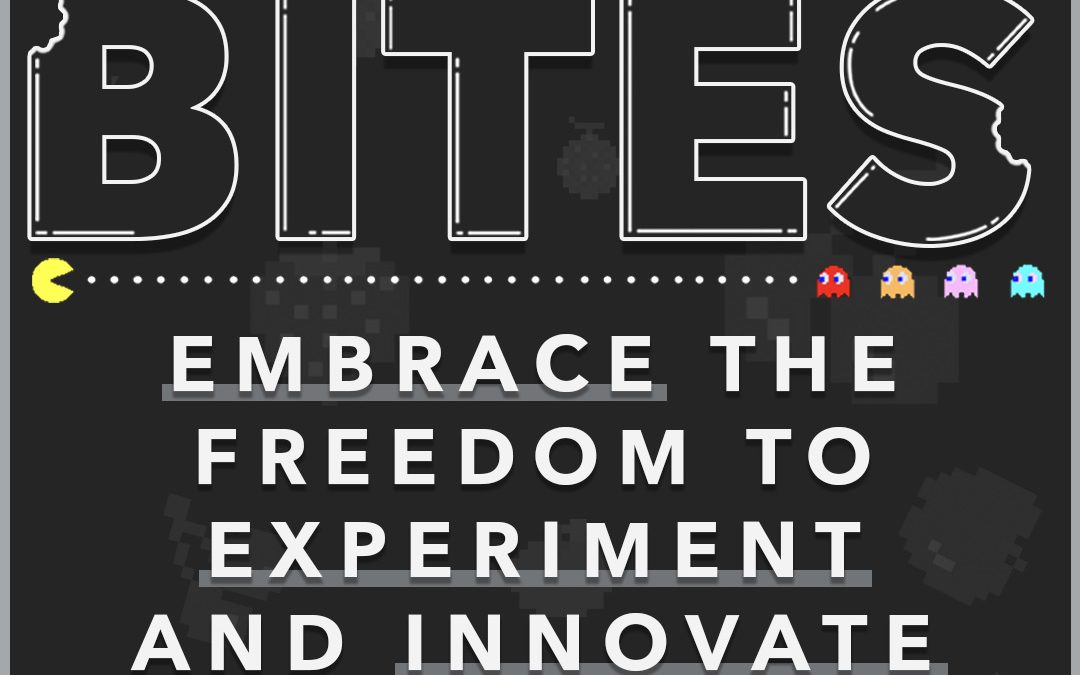
From Outdated to Outstanding: How Legacy System Reviews Boost Efficiency
From Outdated to Outstanding: How Legacy System Reviews Boost Efficiency
Businesses are constantly striving to stay ahead of the curve.
For CTOs, CIOs, CDOs, and Heads of Data, this means more than just keeping up with the latest trends – it means ensuring that their organisation’s technology infrastructure is efficient, secure, and capable of supporting growth.
One of the biggest challenges faced by these tech leaders is dealing with legacy systems – outdated technology or software that can hinder productivity, increase security risks, and impede innovation. However, with the right approach, legacy systems can be transformed from outdated relics into powerful assets that drive business success.
In this blog post, we will explore how Legacy System Review can help CTOs, CIOs, and CDOs boost efficiency and unlock the potential of their organisation’s technology infrastructure.
Understanding Legacy Systems
Before we delve into the benefits of Legacy System Reviews, let’s just take a moment to understand what exactly we mean by legacy systems. Simply put, legacy systems are outdated technology or software that are still in use within an organisation.
These systems may have been developed years or even decades ago, and while they may serve their purpose at the time, they are now holding your business back!
Legacy systems come with a range of challenges, including:
- Lack of integration with modern technology
- Limited scalability and flexibility
- Security vulnerabilities
- High maintenance costs
Importance of Legacy System Reviews
Legacy systems reviews are essential for identifying inefficiencies, reducing risks, and laying the groundwork for future growth. By conducting a thorough review of your organisation’s technology infrastructure, you can gain valuable insights into:
- The current state of your systems
- Areas where inefficiencies or bottlenecks are occurring
- Opportunities for improvement and modernisation
Steps to Conduct a Legacy System Review
Assess Current Systems: Start by taking stock of your organisation’s existing technology infrastructure. What systems are currently in place? How are they being used? Are there any obvious areas where improvements can be made?
Identify Pain Points: Once you have a clear understanding of your current systems, identify any pain points or areas where inefficiencies are occurring. This could include slow performance, frequent crashes, or difficulty integrating with other systems
Develop a Strategy: Based on your assessment, develop a strategy for modernising and improving legacy systems. This may involve upgrading existing software, migrating to cloud-based solutions or implementing new technology altogether.
Implement Changes: With your strategy in place, it’s time to start implementing changes. This may involve working with internal IT teams, or partnering with external vendors to execute upgrades and optimisations systematically
Monitor and Adjust: Once changes have been implemented, it’s important to continuously monitor performance and make any necessary adjustments. Technology is constantly evolving, so it’s essential to stay agile and adapt to changing needs and circumstances.
Did you know, we can help you with all these steps?
You can get in touch here or take our Legacy System Review if you want a streamlined process to review your outdated technology!
Benefits of Modernising Legacy Systems
Modernising Legacy systems offers numerous benefits for your organisation, including:
- Increased efficiency and productivity
- Enhanced security and compliance
- Improve user experience and satisfaction
- Reduced maintenance costs and risks
By doing a Legacy System Review and modernisation effectors, CTOs, CIOs, and CDOs have the potential to future-proof their organisation and ensure they remain competitive in the marketplace.
In conclusion, Legacy System Reviews are not just about updating technology – they are about future-proofing your business and ensuring that you have the tools and infrastructure in place to support growth and innovation.
By following the steps outlined in this blog post and investing in modernisation efforts, CTOs, CIOs, and CDOs can transform their organisation’s technology landscaper and position themselves for success in the digital age.
Get Your FREE Legacy System Review
The review only takes 5 minutes, but will change your business for years to come.
Our team of experts will assess your current situation, identify areas for improvement, and provide tailored solutions to help you thrive in the competitive landscape.
Together, we can overcome the legacy and be at the leading edge of technology.





